Introduction
In the realm of wastewater treatment, choosing the right technology is crucial for efficiency, sustainability, and regulatory compliance. Membrane Bioreactor (MBR) technology stands out as a superior option compared to Sequencing Batch Reactor (SBR) and Moving Bed Biofilm Reactor (MBBR) technologies. This page highlights the advantages of MBR over SBR and MBBR, providing insights into why MBR is the preferred choice for modern wastewater treatment facilities.
Membrane Bioreactor (MBR) Technology
MBR technology combines conventional biological treatment processes with membrane filtration. The result is a highly effective system that offers several advantages over traditional methods. MBR systems use a membrane barrier to separate solid and liquid phases, ensuring high-quality effluent and efficient treatment processes.
Key Advantages of MBR Technology
1.Superior Effluent Quality
- MBR: Produces high-quality effluent with low levels of suspended solids, turbidity, and pathogenic microorganisms, making it suitable for direct discharge or reuse.
- SBR and MBBR: Generally produce lower effluent quality, requiring additional treatment steps to meet stringent discharge standards.
2.Space Efficiency
- MBR: Requires a smaller footprint due to the high biomass concentration and efficient membrane separation, making it ideal for facilities with limited space.
- SBR and MBBR: Typically require larger reactor volumes and more space for secondary clarifiers and additional treatment units.
3.Operational Flexibility
- MBR: Offers greater operational flexibility, allowing for better handling of fluctuating influent quality and flow rates. Membranes provide a physical barrier, ensuring consistent performance.
- SBR and MBBR: Less flexible in handling variations in influent quality and flow rates, often leading to performance variability.
4.Higher Biomass Concentration
- MBR: Maintains a higher concentration of biomass, leading to more efficient biological treatment and shorter hydraulic retention times.
- SBR and MBBR: Operate at lower biomass concentrations, requiring longer retention times and larger reactor volumes.
5.Reduced Sludge Production
- MBR: Generates less sludge compared to SBR and MBBR systems, reducing sludge handling and disposal costs.
- SBR and MBBR: Produce more sludge, increasing the complexity and cost of sludge management.
6.Ease of Retrofit and Upgrade
- MBR: Easily integrated into existing treatment plants for capacity expansion or performance enhancement without significant infrastructure changes.
- SBR and MBBR: Retrofitting or upgrading typically requires substantial modifications to existing facilities.
7.Enhanced Nutrient Removal
- MBR: Capable of achieving superior nutrient removal (nitrogen and phosphorus) due to the extended retention time and efficient biomass separation.
- SBR and MBBR: Nutrient removal efficiency can be lower and more variable, often necessitating additional treatment processes.

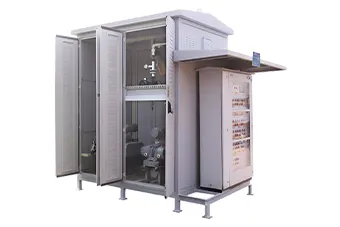
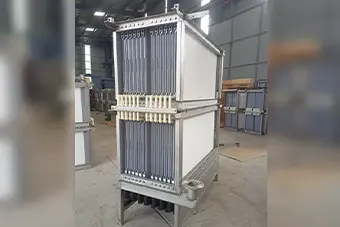
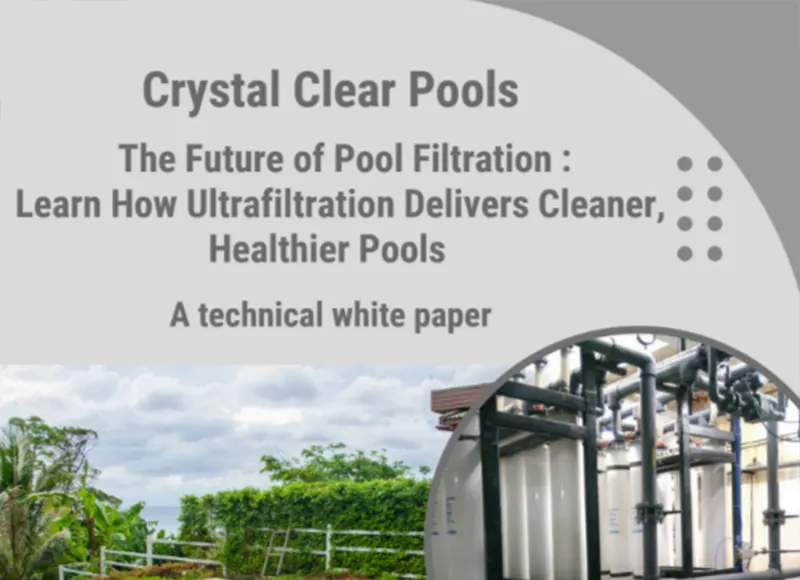
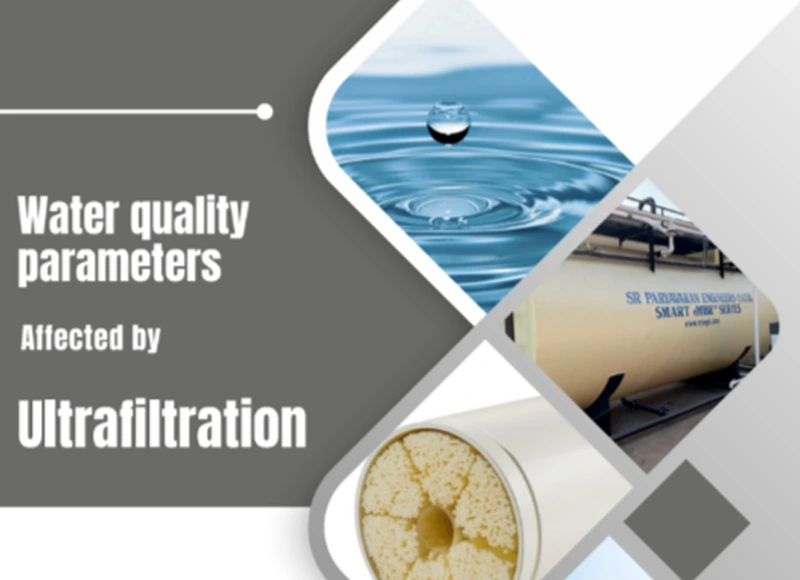
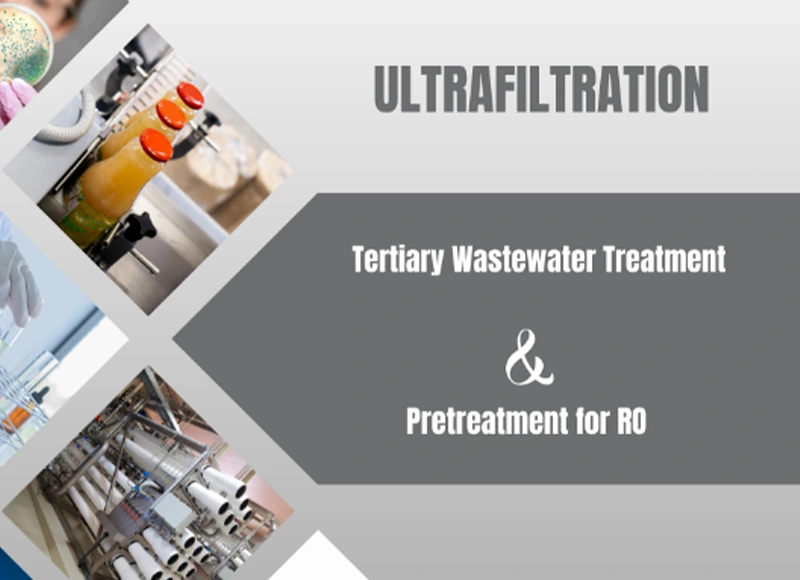
 Linkedin
Linkedin 